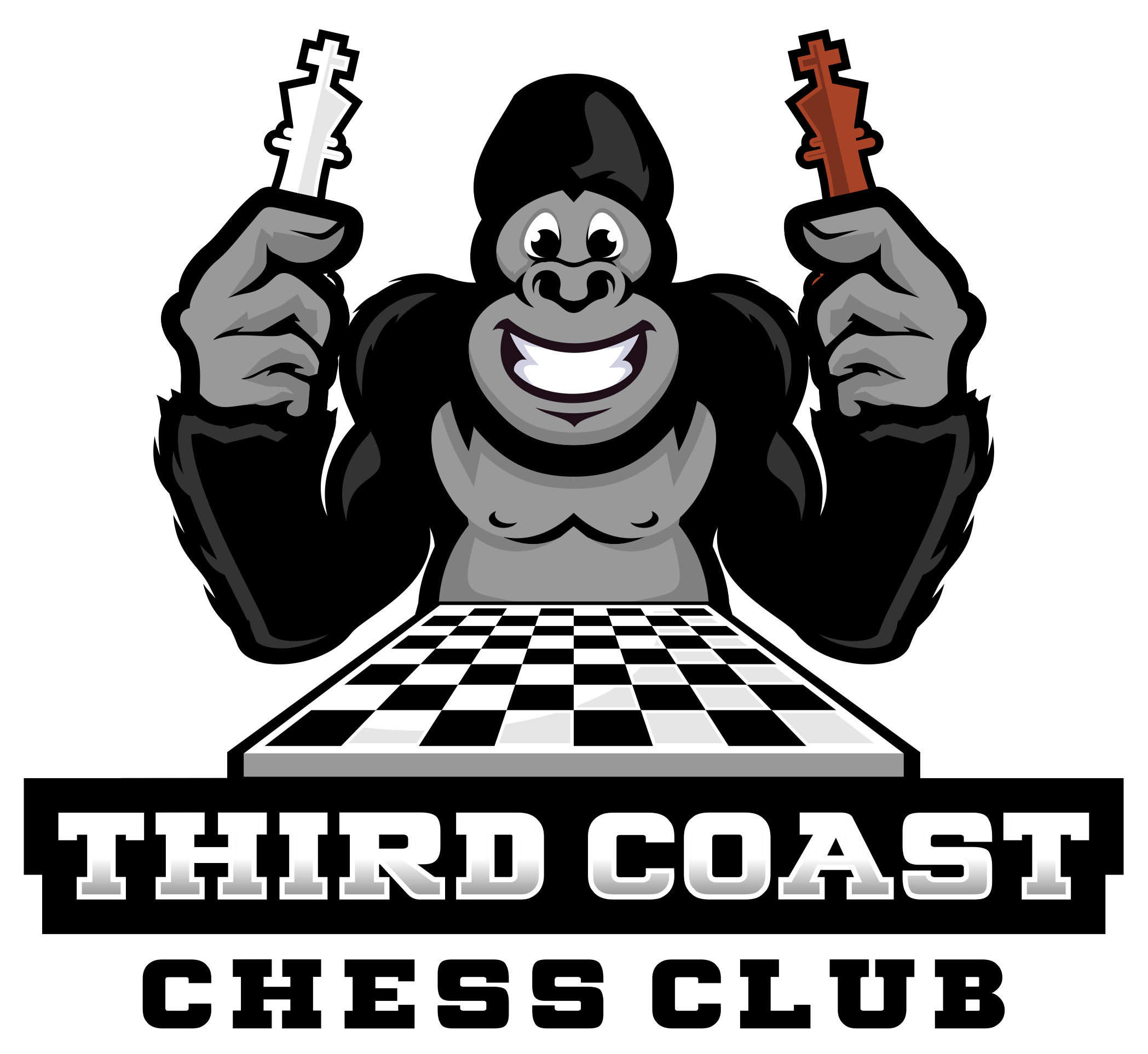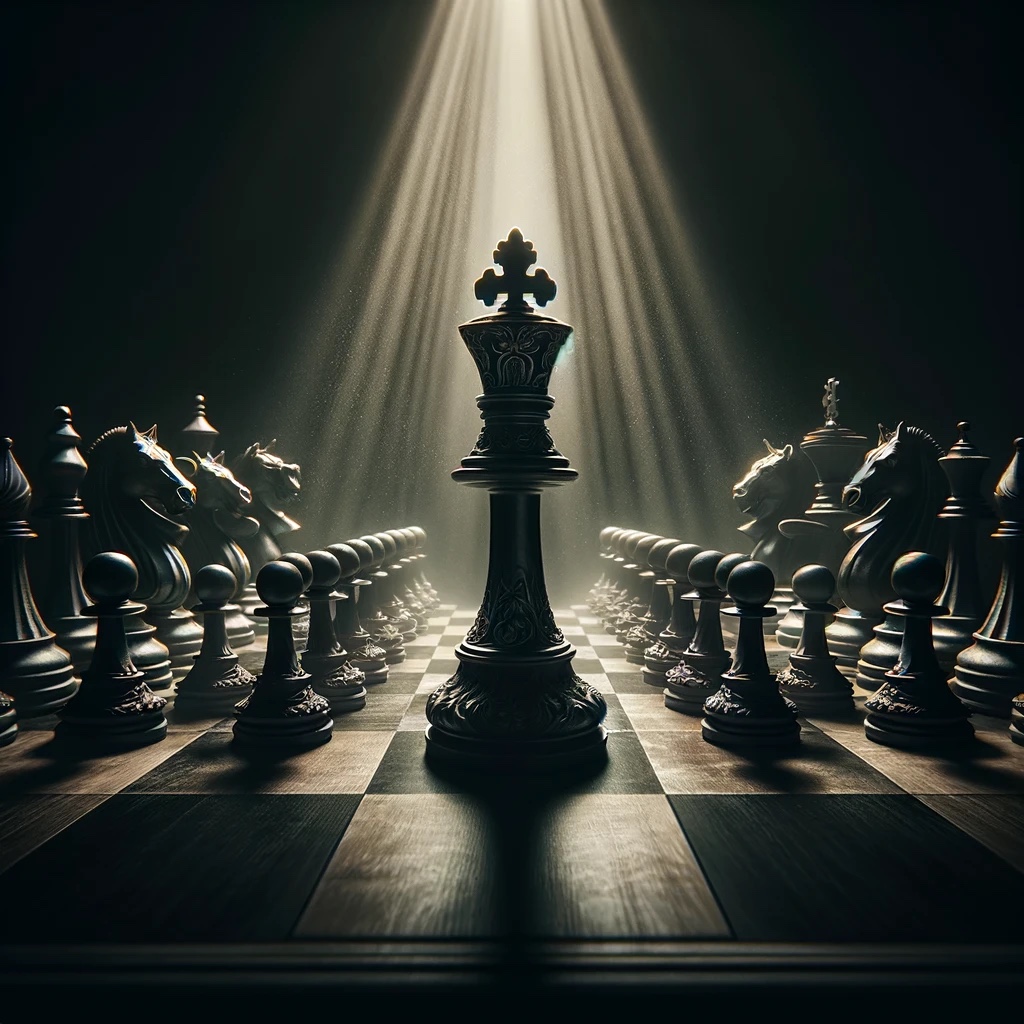In chess, every piece carries its own weight and power. However, as the board empties and the game transitions into the endgame, the king emerges as a pivotal player. A seemingly simple but strategically deep concept in this phase is “king opposition.” Though it sounds complex, mastering king opposition is a cornerstone for success in chess endgames. Let’s delve into what it is, why it matters, and how you can use it to your advantage.
What is King Opposition?
King opposition is a situation where two kings stand on the same rank, file, or diagonal with an odd number of empty squares between them. The player NOT having the move is said to “have the opposition,” which usually means they have a positional advantage. The concept is beautifully outlined on Wikipedia’s page about Chess Endgames.
The Rules and Mechanics
- Distance Matters: Opposition can be “distant” or “close,” depending on how many squares separate the two kings.
- Who Moves: The player who does not have the move is in a more advantageous position, as they can react to the opponent’s moves.
- Transitioning: During the game, the opposition can shift from one player to another based on the moves made.
Understanding king opposition is crucial as per the official FIDE rules.
Historical Context
The concept of king opposition has been a topic of chess literature for centuries, first gaining prominence through traditional endgame manuals. It is a testament to the game’s enduring complexity that such a simple concept can yield such deep strategic potential.
Why is it Important?
Defensive Play:
- Stalemate: If you can secure opposition, you can force a stalemate in certain endgames, thereby saving a half-point in dire situations.
- Zugzwang: Having the opposition often forces the opponent into a zugzwang, a position where any move worsens their situation.
Offensive Play:
- Pawn Promotion: Maintaining opposition is often key to escorting a pawn to the promotion square.
- King Activity: A king with the opposition can penetrate the enemy camp more easily, targeting weaknesses.
Real-Game Scenarios
King opposition often turns up in high-stakes matches. A classical example would be the 1954 World Chess Championship between Mikhail Botvinnik and Vasily Smyslov, where king opposition was skillfully used to secure a decisive endgame advantage.
Conclusion
King opposition is more than just a term; it’s a nuanced concept that can single-handedly determine the outcome of an endgame. Understanding its mechanics allows you to unlock a deeper layer of strategic play, whether you’re trying to clinch a win or salvage a draw. As you deepen your understanding of chess, remember that even in the game’s quieter moments, a battle for control is always raging, often hinging on the art of king opposition.



